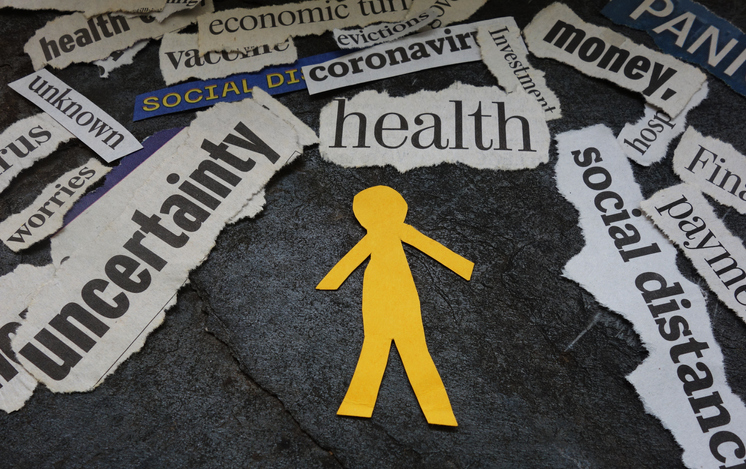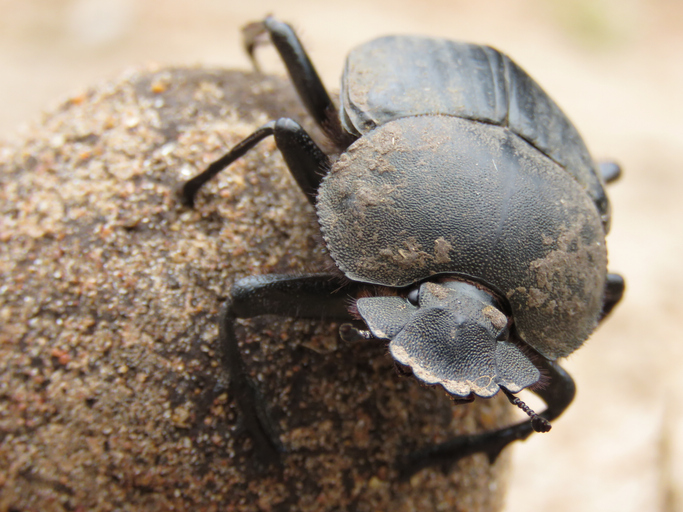I’ve lived my life with a certain level of anxiety present on and off. Not an overwhelming amount. In fact, I didn’t really label it or recognize it as anxiety until a few years ago.

With the onset of the pandemic, I began to experience a more intense level of anxiety. I had an undercurrent of anxiety with me most of the time, but occasionally it would spike to a level that was just shy of a panic attack. I felt pressure in my chest and nauseous. Then there were the burning and tingling sensations in my hands, arms, shoulders, legs, feet, and even my tongue. When it was at its worst, I just wanted to curl up in a ball and hide from everything. I wanted to push it away. I resisted it and feared it, which just made it worse.
In the preceding years, I had spent a lot of time listening to talks by Pema Chödrön. She gives a lot of talks on fear and how meditation can help us in working with anxiety and other strong emotions. One of the techniques she teaches is described by the acronym R.A.I.N. The steps are as follows:
- R = Recognize what is happening.
- A = Allow the experience to be there as it is. Instead of trying to push it away, just know that the anxiety is here again. “There you are again” might be the attitude.
- I = Investigate what is happening in your body. Get curious about where it is in the body and what it feels like. Is it solid or does it move?
- N = Natural awareness or Not identifying. This is about realizing that emotions are energy that pass through me but are not “me”.
One night, about a year ago, I had the most uncomfortable experience of anxiety I had ever had. I curled up on the couch and after feeling overwhelmed and miserable for a while, I finally fell asleep. When I woke up an hour later, I moved to the bed, and there it was again. I couldn’t sleep. I felt miserable. Then I remembered this teaching on R.A.I.N. and decided to see if I could use it to work with the anxiety (R).
I accepted that the anxiety was there and stopped resisting it (A). That immediately allowed some space to come in.
Next, I began to investigate (I). The anxiety was prominent in my legs and feet. I noticed that it was there and that it felt like I was wearing anxiety socks. That thought brought a bit of humor in, which helped reduce the anxiety even more. The energy of the anxiety then moved to my mouth and tongue with a burning and tingling sensation. I started a dialogue with the anxiety asking it, “What are you trying to tell me?” The thought came to my mind: “You’ve held back a lot. You have a lot to say.” Silently, I began to say some of the things that I had been holding back. I spent about 10 minutes going through things I wanted to say to the people in my life—things I had held back.
Then the anxiety moved again. Now it felt more prominent in my arms. I asked it, “What are you saying now?” The thought that came to my mind then was, “You have carried a lot for a long time. What can you put down?” I thought to myself that I should make a list of the things I’ve carried that I don’t need to carry any longer.
I noticed that the anxiety had shifted back to my legs and feet. The thought that came to my mind was, “You have let fear dictate where and when you go—in big and small ways.”

As I examined the anxiety further, I was aware that it had a quality of being dark and scary. The thought came to me to give it a character. I chose a dung beetle, because, as I mentioned in a previous post, I like dung beetles. They are rather humorous but they also can look rather dark and scary. And somehow the fact that they start their life in a ball of dung, seemed fitting. In my mind, I took the anxiety dung beetle and placed it on the bed beside me to examine it further (N). I mentally stared at it, picturing its dark body and eyes looking back at me. Soon, I noticed that I could no longer find the anxiety in my body.
I immediately got out of bed and started planning some things I had postponed due to fear.
Somehow, this process transformed my anxiety from being something to resist to being something to examine and be curious about. This was a turning point for me to begin to befriend my anxiety. Don’t get me wrong, there are times when I still resist it, or allow the conversation in my head to make it worse, but when I slow down and remember to work the process, and name it as my anxiety dung beetle, it definitely helps.
A process like this may not work for everyone, but the R.A.I.N. tool can be used in many ways. If you want to learn more about the RAIN practice, you can read more about it in this article: Feeling Overwhelmed? Remember RAIN by Tara Brach.
Do you experience anxiety? What has been effective for you in working with anxiety? Feel free to share in the comment section below.
Comments